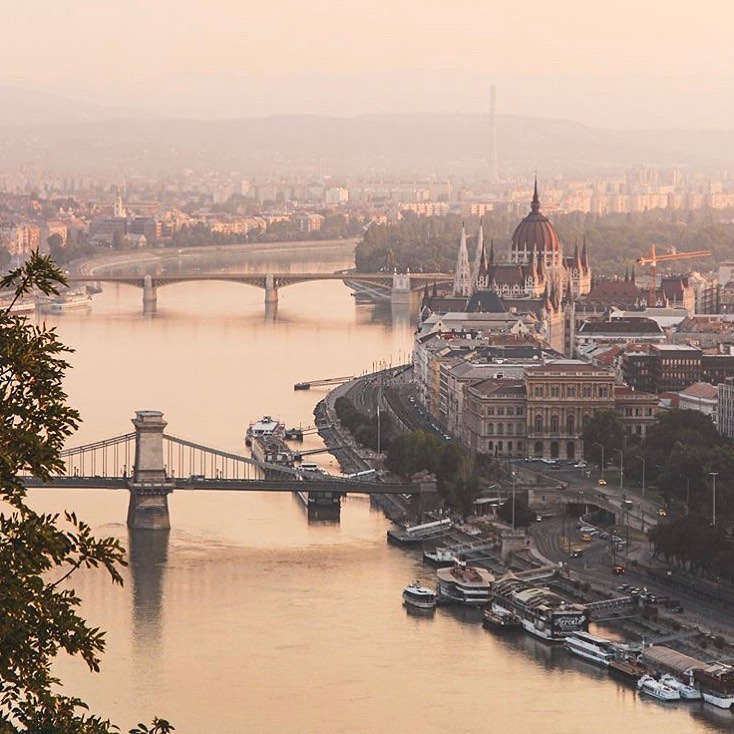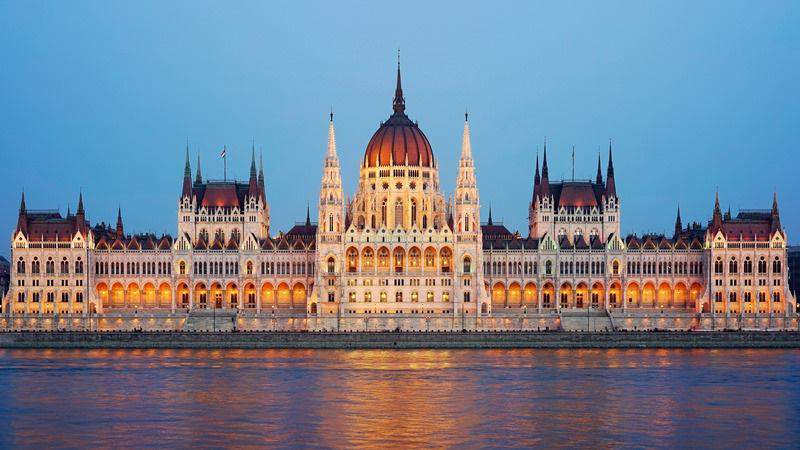Middle-Eastern news portal praises the beauties of Budapest – photos
The Middle East’s leading English-language news service, The National, wrote about how Buda, Pest, and Óbuda merged into one metropolis, and that the symbol of this unification is the building of the Parliament.
Budapest: things to see for every generation
The author, Ronan O’Connell, says that the Hungarian National Assembly was able to fuse all the competing ideas of artists into one glorious mess, which is very apt, though. He adds that when the cities of Buda, Pest, and Óbuda turned into Budapest, the Parliament Building became their heartbeat.
“With chandeliers the size of cars, more gold than a bank vault, stained glass window after stained glass window, and so many competing layers of design, my eyes are exhausted. Domes and spires and arches and columns and vaults and mirrors and statues and murals. While some buildings make a statement, this one makes many.”
The land of Budapest
was inhabited as early as 12,000 years ago,
and the Romans built the first town there 2,000 years ago, named Aquincum. Its remains can be visited even today. HERE is an article about what you can find there.

Photo: https://www.facebook.com/pg/BudapestHungaryBlog/photos
During the era of the medieval Hungarian Kingdom, Buda became one of the most important royal free cities while Pest became the gate of the trade between the Great Hungarian Plain and the Western, hilly part of the country. This was followed by periods of occupation, as it was subsumed first by the Ottoman Empire (1541-1686) and then the Austrian Habsburg dynasty, though, during their rule, Hungary could maintain some of its liberties. A major move back towards sovereignty was made in 1867 when it became part of the constitutional monarchy of Austria-Hungary.
That is the era when Budapest was finally born, when
in 1872, Buda, Pest, and Óbuda merged.
With a combined population of more than 150,000 people, Budapest became the capital of Hungary and entered a period of prosperity, marked by major upgrades of its infrastructure and rapid growth in the number of its inhabitants whose number rose to more than a million in only a few decades.
Everybody should visit the parliament
In 1904, the Hungarian Parliament building was completed after a mammoth 17-year construction project, and the author agrees that it needed this time to complete such a marvellous building. Thus, it is not surprising that TripAdvisor selected it among the 10 most beautiful buildings of the world.

“So, I walk over one of the city’s biggest tourist attractions, the beautiful Szechenyi Chain Bridge, built in 1849 to connect Buda and Pest. Then I stroll along a narrow riverside walkway, until I’m opposite this hulking political hub. Its size is gobsmacking. As the largest building in Hungary, and reputedly the third biggest parliament building in the world, it is 268 metres in length, 123m in width, and is topped by an enormous dome that is 96m tall. It has 27 entrances, about 18,000 square metres of floorspace, nearly 40 million bricks, more than 250 handcrafted statues, and was built by more than 1,000 workers,” Ronan O’Connell adds.

The Hungarian Parliament Building is not closed for tourists but is one of Budapest’s top attractions welcoming thousands of visitors per day. They can enjoy hour-long guided tours in Hungarian, French, Spanish, Russian, German, Italian, and English.
More than
40 kilograms of 22 and 23-carat gold was used to decorate
the Baroque style interior of the Parliament Building. Imre Steindl, who created the building’s epic structure, was sadly not able to see it completed. However, he left behind something extraordinary even for the eyes of a foreigner.

